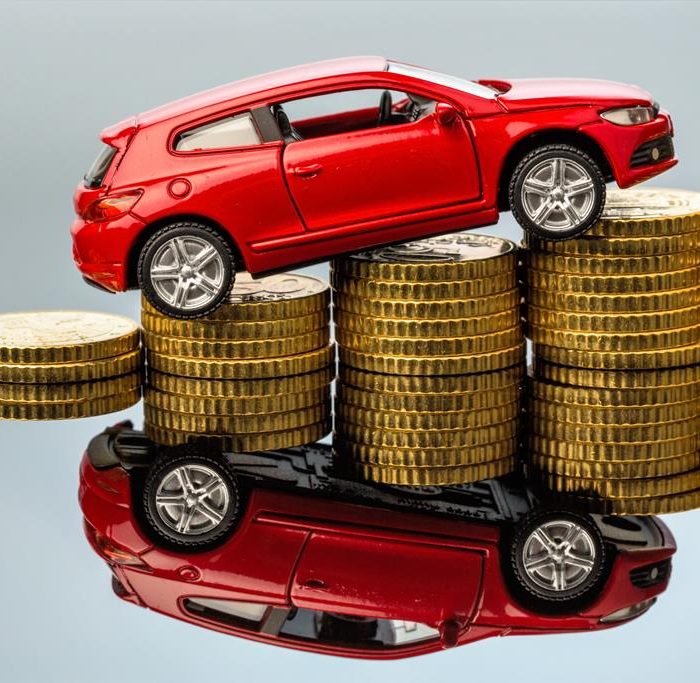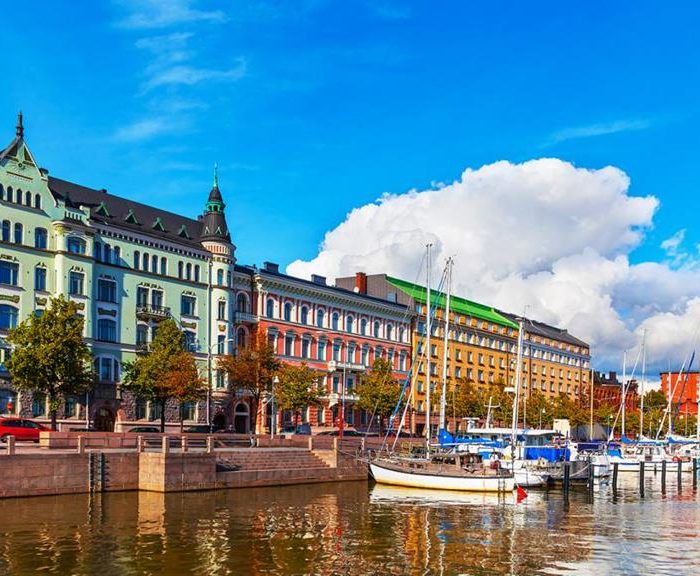Quick facts about Albania:
- Location: Southeastern Europe, on the Balkan Peninsula.
- Capital: Tirana.
- Official Language: Albanian.
- Currency: Albanian lek (ALL).
- Population: Approximately 2.8 million.
- Size: Around 28,748 square kilometers.
- Landmarks: The historic city of Gjirokastër, Butrint National Park, and the Albanian Riviera.
- Independence: Declared independence from the Ottoman Empire on November 28, 1912.
- Religion: Mainly Islam, with significant religious diversity.
- Nature: Boasts diverse landscapes, including mountains, coastline, and lakes.
Fact 1: Bunkers can be found all over the country
Albania is known for the widespread presence of bunkers throughout the country. During the leadership of Enver Hoxha, the communist leader of Albania from the 1940s to the 1980s, the government constructed thousands of bunkers as part of a defensive strategy. The bunkers were intended to protect the country from potential invasion. The exact number of bunkers in Albania is a subject of some debate, and estimates vary. It is commonly believed that there are tens of thousands of bunkers throughout the country. Some estimates range from 173,000 to as many as 750,000 bunkers. The variations in estimates are due to factors such as different counting methods, sizes of bunkers, and the secretive nature of their construction during the communist era.
But you will find bunkers everywhere, on beaches, in the mountains, along roads, at tourist attractions and even at the walls of ancient fortresses.

Fact 2: There are a lot of Mercedes in Albania
Mercedes-Benz cars are incredibly common in Albania. The trend gained momentum after the mass emigration of Albanians, who, upon returning, often brought back Mercedes Benz vehicles. The reliability of these cars, coupled with their suitability for navigating the challenging roads in Albania, contributed to their widespread adoption. Nowadays, owning a Mercedes has become somewhat of a status symbol. The entrepreneurial spirit of Albanians is evident as many returning from work abroad bring back a Mercedes to sell, resulting in the country being filled with these iconic vehicles.
Fact 3: The Albanian language is unique
The Albanian language is considered unique among Indo-European languages due to several distinctive features. It is an independent branch of the Indo-European language family, and it has no close relatives.
Key features that make Albanian unique include:
- Alphabet: Albanian uses its own alphabet, which is distinct from the Latin or Cyrillic scripts. The Albanian alphabet has 36 letters.
- Grammar and Vocabulary: Albanian grammar and vocabulary also set it apart. While it has borrowed words from other languages over the centuries, its core structure remains distinct.
- Linguistic Isolation: Albanian is often described as a language with a high degree of isolation, meaning it does not share significant similarities with neighboring languages.
Overall, the uniqueness of the Albanian language contributes to the country’s cultural identity and linguistic distinctiveness.

Fact 4: There are Italians in Albania and Albanians in Italy
There is a notable presence of both Italians in Albania and Albanians in Italy, reflecting historical, cultural, and migratory ties between the two countries.
- Italians in Albania: Italy and Albania share a maritime border, and historical connections between the two countries have led to the presence of Italians in Albania. In recent years, there has been an increase in Italian expatriates and tourists residing or visiting various regions in Albania, especially coastal areas.
- Albanians in Italy: Migration patterns have resulted in a significant Albanian diaspora in Italy. Many Albanians have moved to Italy for work, seeking economic opportunities. The Albanian community in Italy is well-established (see Interesting Facts About Italy), and you can find Albanian communities in various Italian cities. The migration flow from Albania to Italy has historical roots but increased notably in the late 20th century.
This exchange of populations has contributed to cultural exchanges, economic interactions, and people-to-people connections between Italy and Albania.
Fact 5: Albania has many ancient bridges
Albania is home to numerous ancient bridges, many of which are scattered across its mountainous landscapes and traverse rivers and streams. These bridges are not only functional structures but also bear historical and cultural significance, reflecting the country’s rich heritage. Some of these bridges date back several centuries and showcase various architectural styles and construction techniques.
Here are a few examples of ancient bridges in Albania:
- Mesi Bridge: Located near the town of Shkodra, Mesi Bridge is a medieval stone bridge that dates back to the 18th century. It spans the Kir River and is known for its unique construction.
- Ura e Mesit (Mes Bridge): Situated in the southern part of the country, near the town of Gjirokastër, this Ottoman-era bridge is an architectural gem. It crosses the Drino River and is characterized by its pointed arches.
- Ura e Gurit (Stone Bridge): Found in the city of Berat, this bridge is believed to date back to the 13th century. It spans the Osum River and is part of the UNESCO World Heritage site of Berat.
- Gorica Bridge: Located in the city of Korça, Gorica Bridge is an Ottoman-era bridge that crosses the Devoll River. It is known for its stone arches and historical significance.
- Kopliku Bridge: Situated near Koplik, this stone bridge is another example of traditional Albanian bridge architecture. It spans the Kir River and provides a scenic crossing.
Note: Visiting the country by car is a good choice for an adventure, check if you need an International Driver’s License in Albania to rent and drive a car.
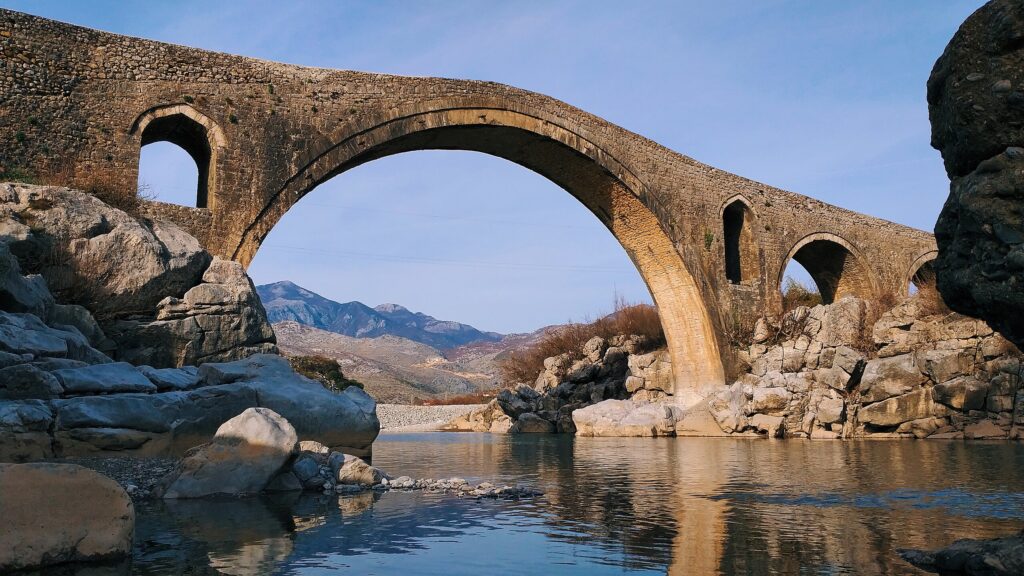
Fact 6: There are thermal springs in Albania where anyone can bathe
Albania is endowed with natural thermal springs that are not only renowned for their picturesque settings but also for their potential therapeutic properties. These thermal springs offer a relaxing environment, and many are open to the public for bathing and enjoyment. The mineral-rich waters are believed by some to have various health benefits.
Here are a few notable thermal springs in Albania:
- Benja Thermal Baths: Located near the town of Permet, the Benja Thermal Baths are situated along the Vjosa River. The area features several pools fed by warm thermal waters, offering a serene setting amid nature.
- Lengarica Thermal Springs: Found in the Lengarica Canyon near Permet, these thermal springs provide an opportunity for a soothing bath in a unique natural setting.
- Rreza e Kanalit: Situated in the Tepelena region, Rreza e Kanalit is known for its thermal waters. The site includes both indoor and outdoor pools filled with warm mineral-rich water.
- Shebenik-Jabllanice National Park: In this national park, you can find thermal springs amid the pristine natural surroundings. The park is located in the eastern part of Albania.
Visiting these thermal springs allows locals and tourists alike to experience the beauty of Albania’s landscapes while enjoying the benefits of the country’s geothermal resources.
Fact 7: There is a beautiful karst spring in Albania
Albania is home to several beautiful karst springs, and one of the notable examples is the Blue Eye (Syri i Kalter). The Blue Eye is a captivating natural spring located near the village of Muzinë in southern Albania. This karst spring is renowned for its stunning deep blue color and crystal-clear waters, creating a visually striking and serene natural spectacle.
The Blue Eye is not only a picturesque destination but also a significant geological phenomenon. As a karst spring, it results from the resurfacing of water from underground sources through karst limestone formations. The Blue Eye’s unique color and clarity add to its allure, making it a popular attraction for both locals and tourists seeking to experience the natural beauty of Albania’s landscapes.
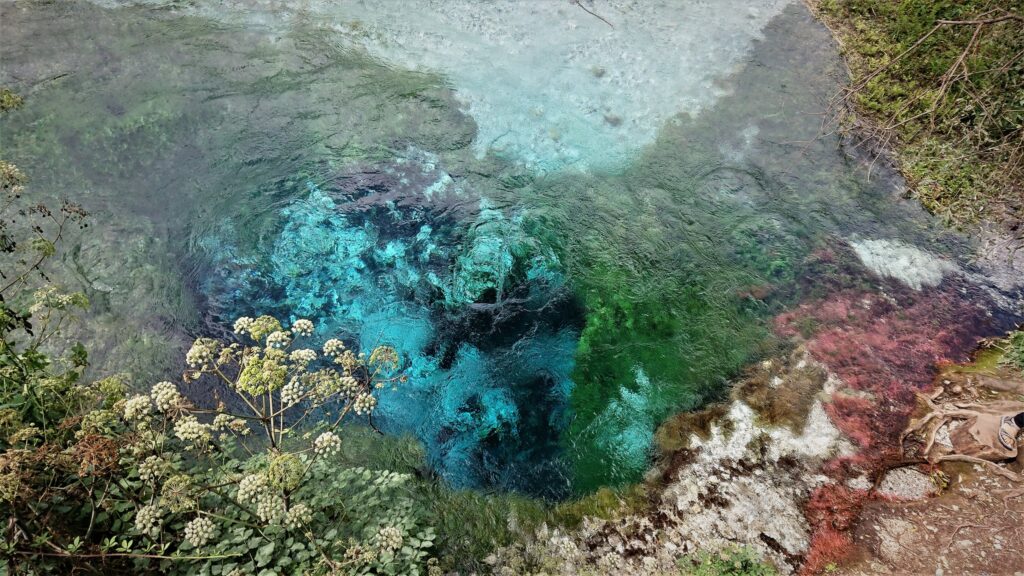
Fact 8: Albania boasts ancient city with rich historical and cultural significance
Butrint is located in the southwestern part of the country, near the town of Saranda. It has a history dating back to ancient times and has been inhabited by various civilizations.
Key points about Butrint:
- Ancient Origins: Butrint has ancient origins, with evidence of human settlement dating back to the 7th century BC. It was initially established by the ancient Greeks.
- Roman Period: The city flourished during the Roman period and became an important center. Remains of Roman structures, including a theater and public baths, can still be seen today.
- Byzantine and Venetian Influence: Butrint continued to thrive during the Byzantine Empire. It later came under Venetian rule in the Middle Ages, leaving architectural traces from these periods.
- Ottoman Era: The Ottoman Empire took control of Butrint in the 15th century. Ottoman-era structures, such as a mosque, were added to the city.
- Archaeological Significance: Butrint’s archaeological remains provide insights into the different civilizations that have inhabited the region over the centuries. The site includes a well-preserved theater, city walls, a baptistery, and more.
- UNESCO World Heritage Site: Due to its historical importance and the layers of civilization present, Butrint was designated a UNESCO World Heritage Site in 1992.
Visitors to Butrint can explore the layers of history represented in its archaeological ruins, making it a remarkable destination for those interested in ancient civilizations and cultural heritage.
Fact 9: Albania has many beautiful beaches
Albania is renowned for its stunning beaches along the Adriatic and Ionian Seas, offering picturesque coastal landscapes. Here are some notable beaches in Albania:
- Ksamil Beach: Located near the town of Saranda, Ksamil is famous for its crystal-clear turquoise waters and small islands just off the coast. It’s a popular spot for swimming and relaxation.
- Dhermi Beach: Nestled between the mountains and the sea, Dhermi offers a scenic and tranquil beach setting. The beach is known for its pebbles and crystal-clear waters.
- Jale Beach: Jale is a beautiful and less crowded beach, characterized by its pristine coastline and crystal-clear waters. It’s a great destination for those seeking a quieter seaside experience.
- Gjipe Beach: Accessible by boat or a hike through the Gjipe Canyon, this beach is surrounded by dramatic cliffs and offers a secluded and pristine environment.
- Livadhi Beach: Situated near the town of Himara, Livadhi Beach is known for its sandy shores and transparent waters. It’s a family-friendly destination with various amenities.
- Mirror Beach (Plazhi Pasqyrave): This beach, named for its reflective waters, is located near the town of Dhërmi. It’s surrounded by lush vegetation and offers a tranquil setting.
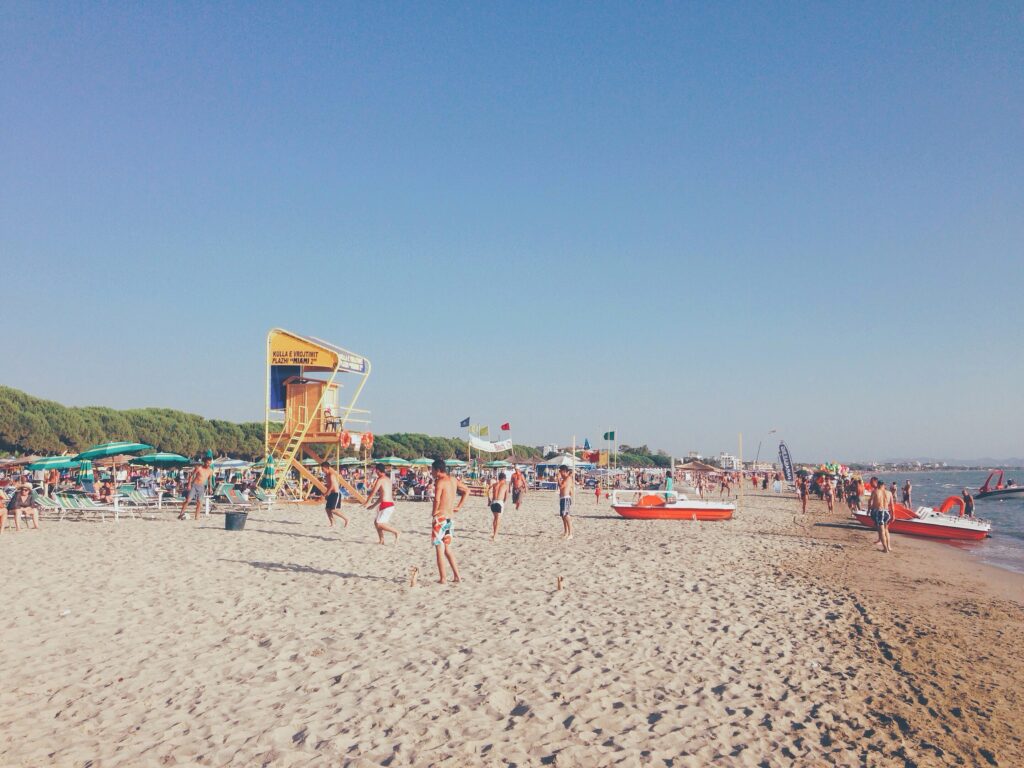
Fact 10: When Albanians say no, they nod like yes and vice versa
In Albania, there is a unique cultural nuance regarding non-verbal communication, especially when it comes to nodding and shaking the head. The traditional gesture for saying “yes” involves a slight nodding of the head up and down, similar to what is commonly associated with saying “no” in many Western cultures. Conversely, shaking the head from side to side, a gesture typically indicating “no” in Western cultures, is used to convey agreement or affirmation in Albania.

Published February 26, 2024 • 9m to read


